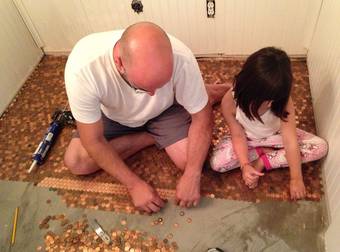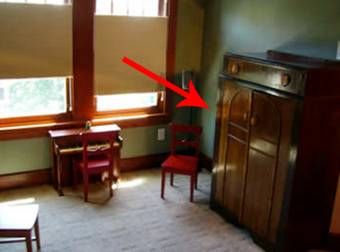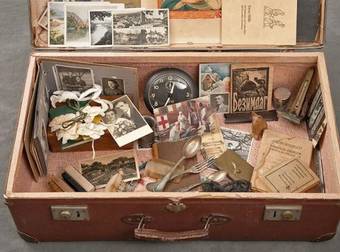Pet cemeteries and other services for pets might seem like a modern invention (or modern frivolity, depending on how you view it). Yet people have always found the need for animal burials. The most popularly-known people to extend funerary services to animals were the Egyptians, whose relationships with animals also included religious beliefs, like the cat worship in honor of the goddess Bastet.
Soulful Creatures: Animal Mummies in Ancient Egypt, an exhibit put together by the Brooklyn Museum, is currently traveling the U.S. It features 30 animal mummies from the later periods of ancient Egyptian culture. Never before catalogued, this incredible collection is getting examined for the first time, and hopefully shedding light on the practice of animal mummification.
Surprisingly, the staff at the Brooklyn Museum’s Conservation Laboratory found that the showier the outside, the less well-preserved the animal inside. Even though they were buried in elaborate wrappings and coffins, it seems that the Egyptians usually embalmed animals in a similar manner to the way they embalmed people.
The researchers believe that animal mummies were typically the product of votive offerings to gods. The animal mummies would be offered to certain gods depending on their species, and were believed to pass on messages from humans to the divine. In a way, they’ve been wonderful messengers, if not with the divine, then through time. Other times, farm animals would be included with humans in tombs, intended as food for the afterlife.
Cats are the most commonly-known animals to get the mummification treatment. Dogs, crocodiles, snakes, ibises, cattle, and even shrews were also found in the large cemeteries dedicated to non-human burials. Not only does the research by the Conservation Laboratory shed light on the process of mummification, it also helps us understand more aspects of Egyptian culture.
(via Hyperallergic)
Soulful Creatures is traveling the U.S. The exhibit is currently at the Brooks Museum in Memphis, TN, but not for long!
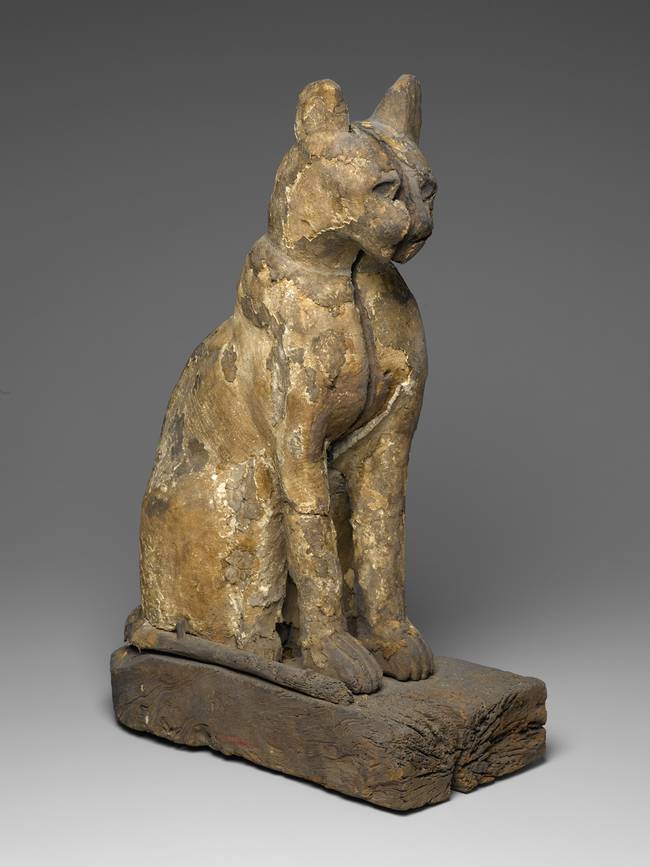 share
share
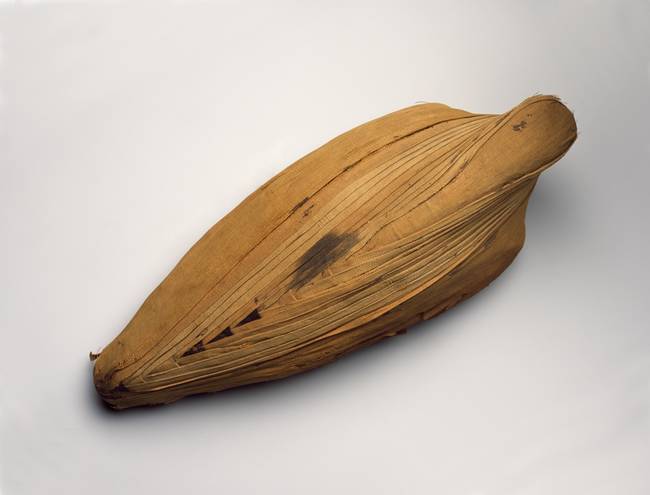 share
share
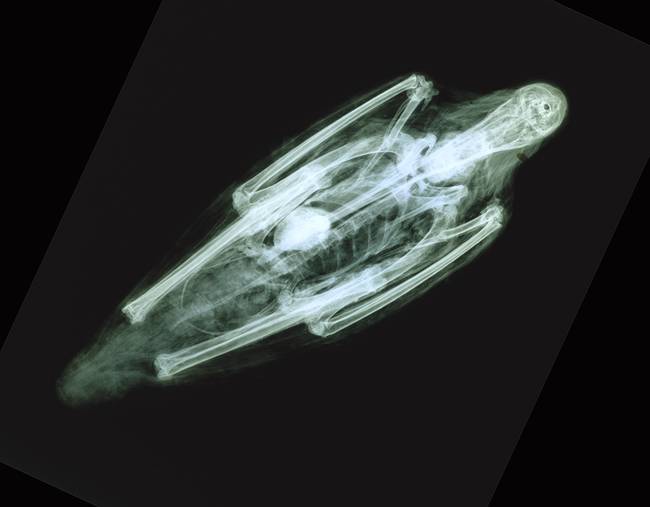 share
share
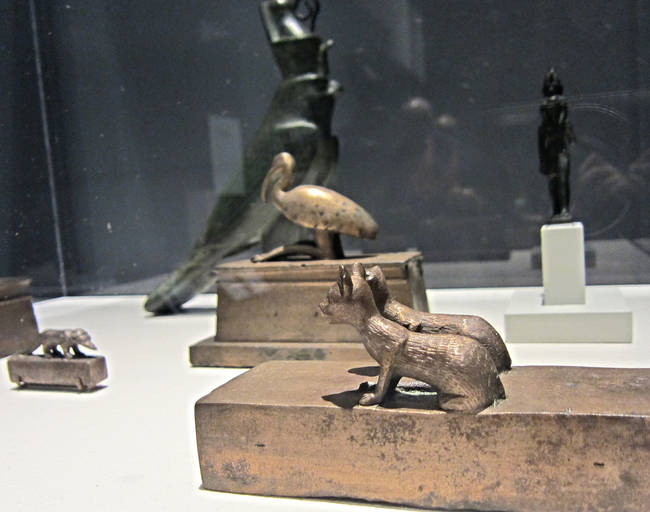 share
share
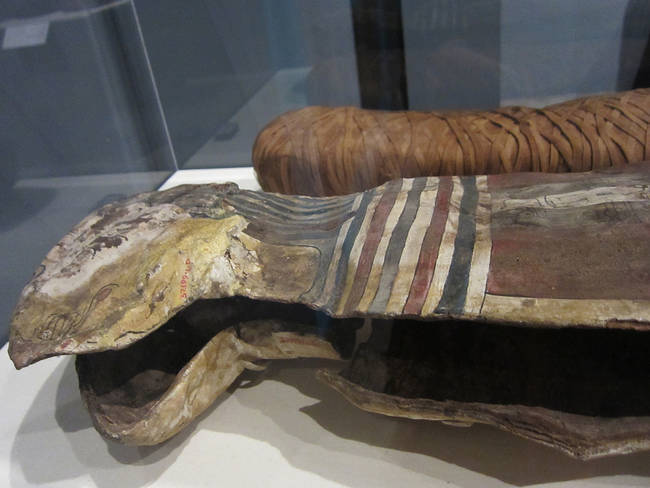 share
share
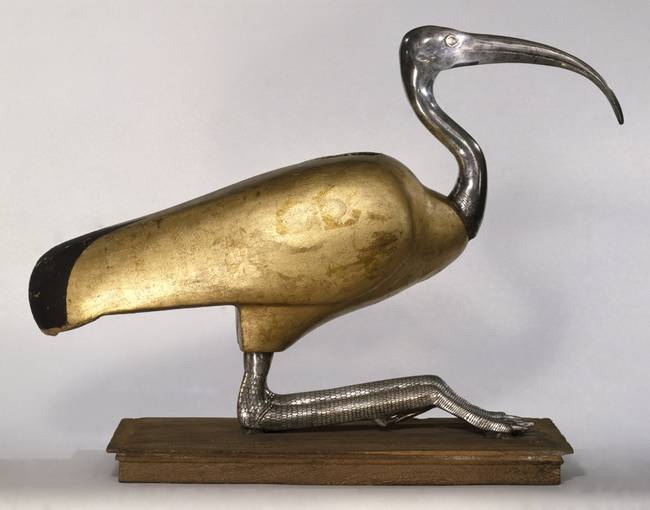 share
share
 share
share
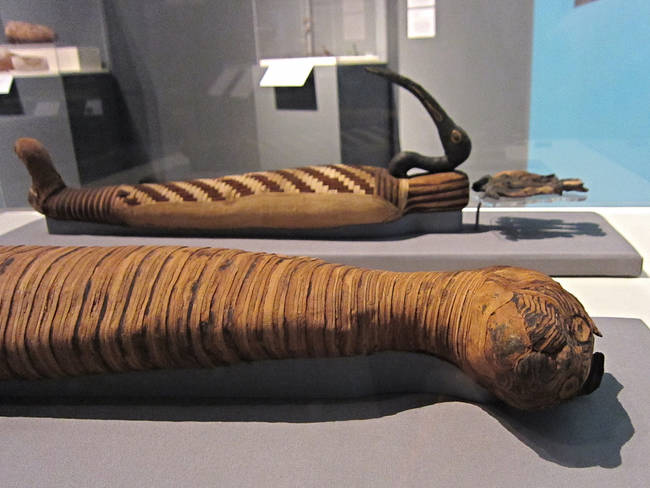 share
share
 share
share
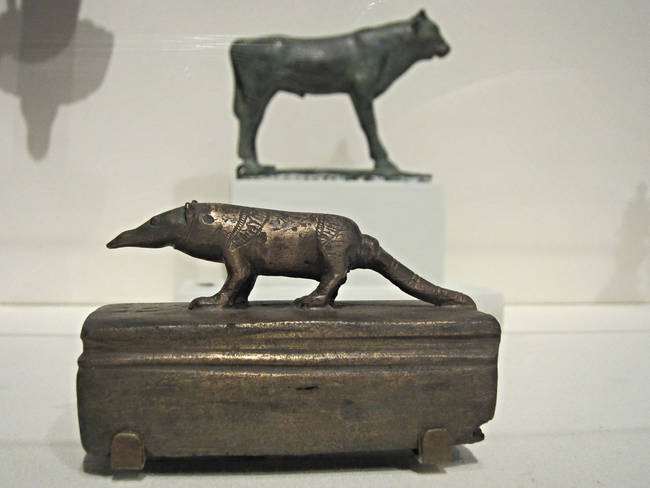 share
share
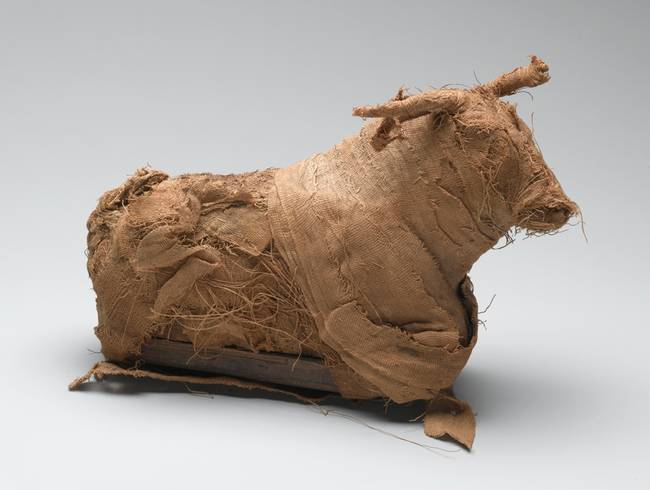 share
share
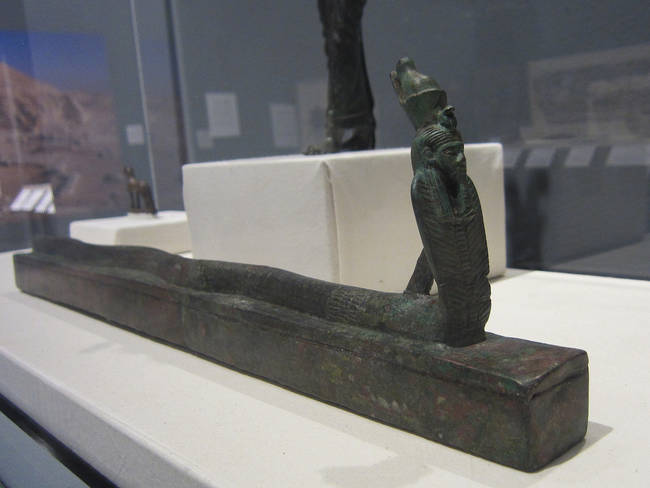 share
share

